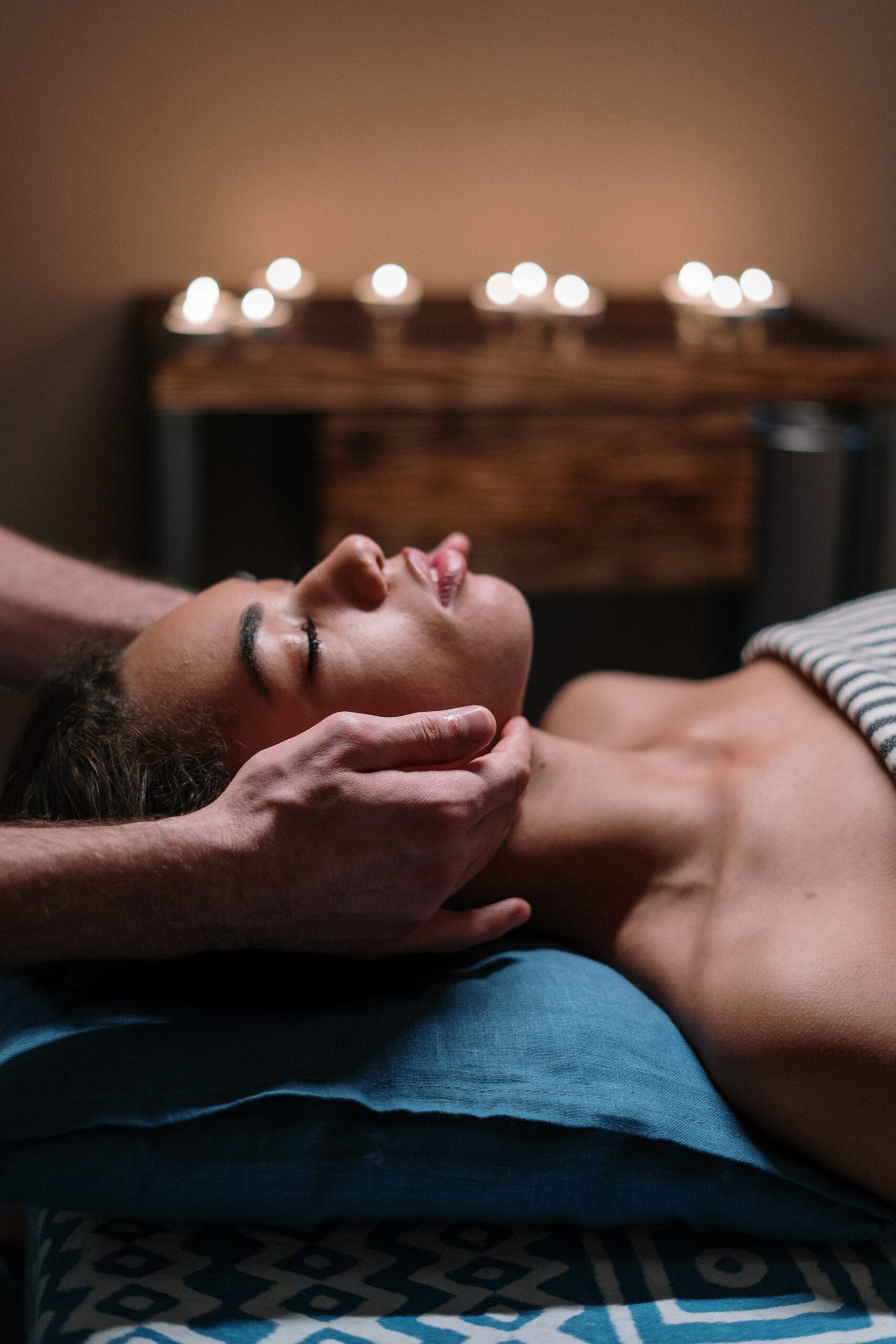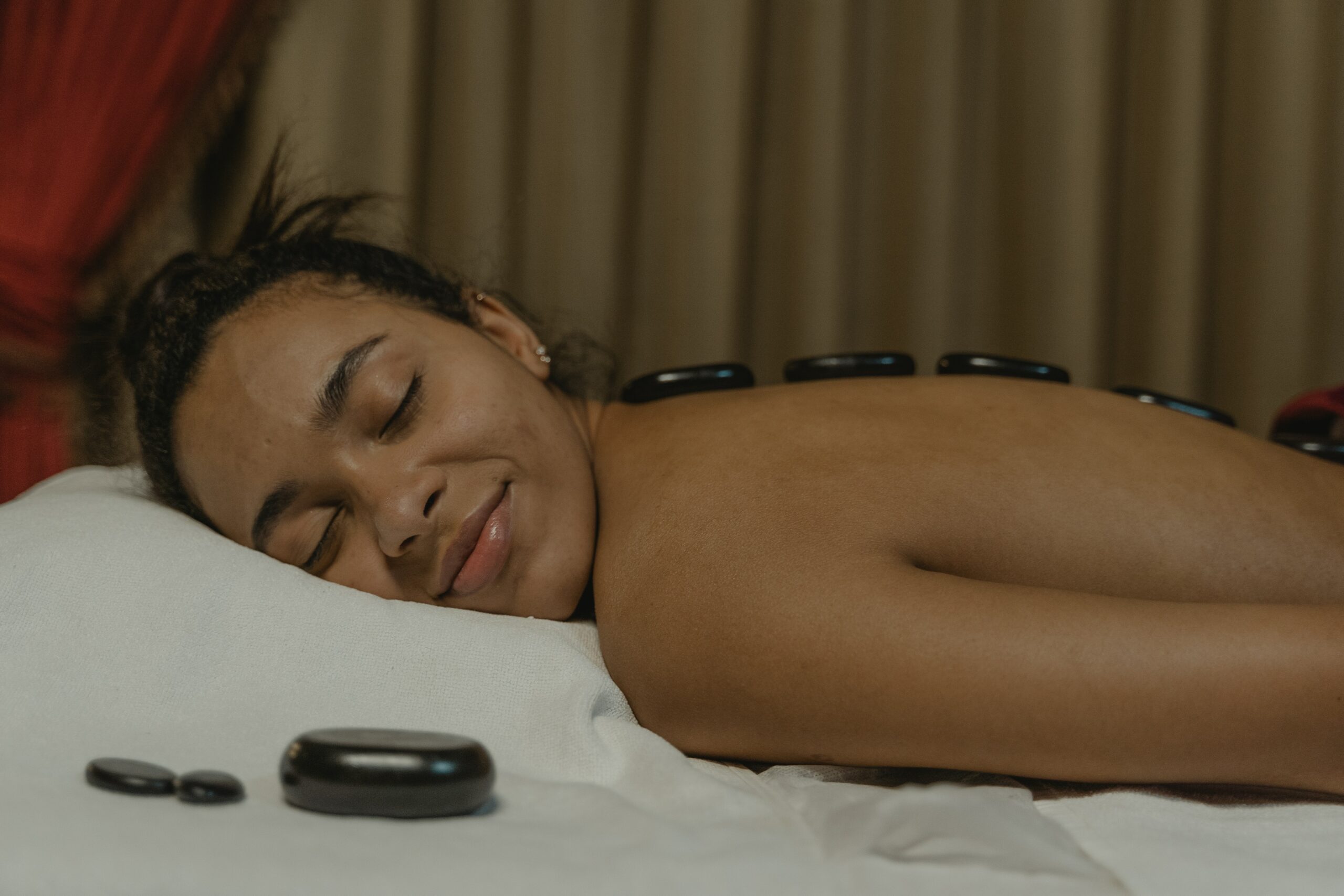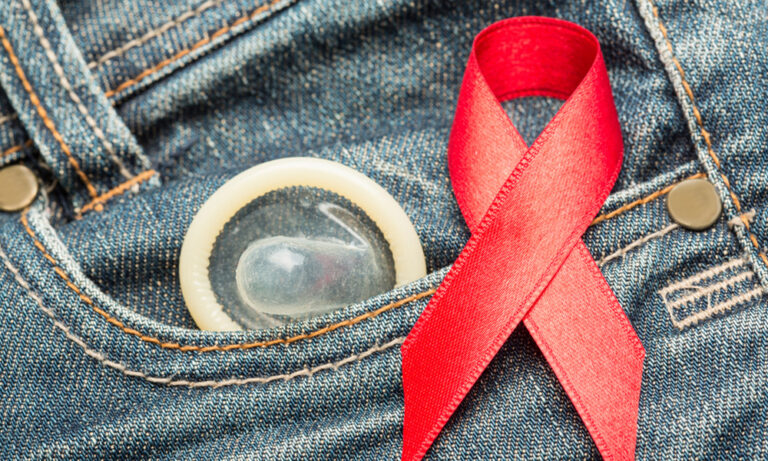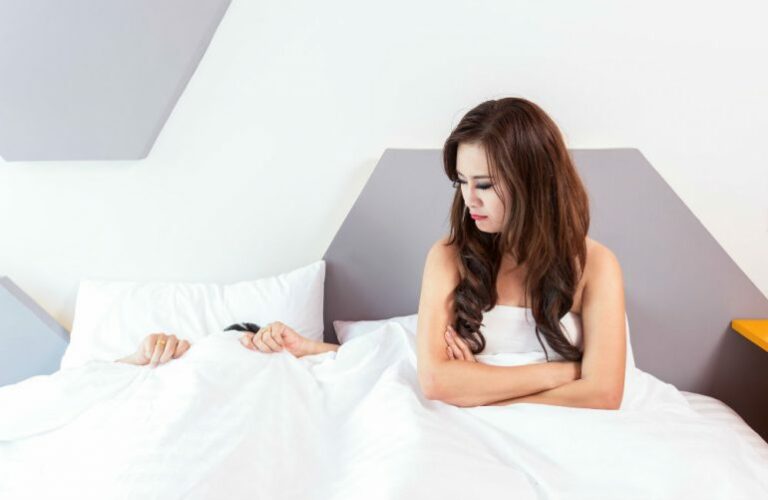How to Massage – Different Massage Techniques
23 May 2019
In the stress of everyday life, we often forget that it’s important for our health to just relax once in a while and forget the daily grind. A massage is perfect for this. But what different massage techniques are there, how exactly are they different and what do you need to bear in mind?
Massage – things to bear in mind
Before we get to the different massage techniques, it’s important to get your surroundings set up right. There are also a few other things to bear in mind to make sure the massage – whatever kind of massage technique it is – really is relaxing. The room you’re going to be using for the massage should be nice and warm. Candles and some relaxing background music are always a good idea as well. Always use a lotion or a gel to make the movements used on the skin during the massage comfortable for the person being massaged. Before you start looking for a gel or lotion, you can just use one of our silicone personal lubricants like our pjur Original. It is super for an enjoyable massage, because it contains silicone, which remains on the surface of the skin and does not get absorbed in the skin. Optimal for your next massage!
What different massage techniques are there?

There are a lot of different massage techniques
The classic massage: Also known as Swedish massage, a classic massage primarily uses five different massage strokes: effleurage (stroking), petrissage (kneading), friction (rubbing), tapotement (tapping) and vibration (shaking). You can also read more on this website to find out exactly what these massage strokes are all about. Classic massage is often used by physiotherapists to release stiffness and tension in the muscles, but also to treat musculoskeletal disorders.
Lomi lomi massage: Lomi lomi massage originally comes from Hawaii and involves using the hands, elbows and lower arms. ‘Lomi’ translates as kneading or pressing, and the aim of this massage technique is also to release tension so that energy can flow freely around the body again. A lomi lomi massage can be very gentle but also very firm, depending on how deep the tension is within the muscles. As a general rule, a Hawaiian prayer is traditionally said before and after this type of massage.
Foot reflexology: Foot reflexology focuses primarily on the feet, yet this massage technique is actually intended to treat specific muscles and organs. This is based on the theory that targeted treatment of specific zones on the feet can improve symptoms in the organs and muscles associated with these zones. For example, the area along the inside of the foot is linked to the spine and the toes are linked to the ears, eyes and nose.
Partner massage: Partner massage is the term used when a couple give each other a massage and relax together. Classic massage strokes are usually used for this, as they can easily be replicated at home. Read our blog article ‘Sensual Massage – Perfect for Extended Foreplay’ for tips on how exactly to go about a partner massage.
Sports massage: Sports massage is basically an extension of the classic massage technique. Athletes who are particularly tough are massaged with particularly strong pressure to promote circulation more. Athletes have sports massages to promote regeneration of the body, especially after heavy physical exertion. At the same time, a sports massage can also be used to loosen muscles during training or before a competition.
Thai massage: Thai massage uses not just the hands but also the feet, knees and elbows. This is another type of massage in which energy plays a major role. Energy points in the body are selectively massaged to release blockages at these points and ensure that the energy can flow freely once more. This is said not just to release any tension in the body but also to help alleviat symptoms such as headaches, sleep disturbances and diarrhoea. The body is also stretched during Thai massage, with the aim of relaxing the muscles and improving flexibility.
Hot stone massage: As the name suggests, a hot stone massage uses hot stones. Aching and painful parts of the body are treated with smooth, heated stones. The warmth of the stones can penetrate deep into the muscles, which also helps to release any tension deep in the muscles. The Hot stone massage technique also uses the stones to target the body’s energy centres in the back, stomach and forehead.
Shiatsu massage: The word ‘shiatsu’ comes from the Japanese and roughly translated means ‘finger pressure’. Shiatsu massage is therefore a form of pressure massage and is very similar to acupressure. Sustained pressure is applied to specific points lying along energy pathways in the body. This is said to release blockages and restore the flow of energy. A shiatsu massage is particularly good for those with problems affecting the knees, shoulders, hips or back. Unlike other massage techniques, there are no massage lotions or oils used in shiatsu massage.

A hot stone massage
Different areas of the body treated in a massage
In addition to the variety of massage techniques on offer, we also distinguish between different types of massage according to the different areas of the body they focus on, of course. Here are a few examples:
Neck massage: In a neck massage, the therapist treats the neck. Since tension in the neck can often be caused by stress or bad posture, this is a very common place for tension to appear. Thanks to specific massage strokes and also the heat they generate, a neck massage can help to stretch and loosen not just the neck area but the shoulder and back region too.
Back massage: Along with the neck, the back is probably the area most likely to carry tension and be in need of a massage. In principle, the massage techniques discussed above can all be used to relieve tension in the back. What’s more, a back massage is also something you can do at home. You just need to be a little careful around the spine. The massage strokes used in a classic massage are especially suitable for a back massage.
Foot massage: We’ve just mentioned foot reflexology, and in fact the feet are also very popular when it comes to massage. In part because of the different zones that are linked to the feet, but also because it can be very relaxing. Usually, lotion is first applied all over the feet, and the toes are then massaged one by one. The massage then moves on to the ball of the foot, then the back of the foot, before going on to the heel and finishing with the ankle.
No matter what kind of massage you go for, the aim is always to release tension, help with relaxation and loosen the muscles. And what’s more, all-round physical wellbeing is always important, too. A massage can be a great way to relax and the perfect antidote to the stresses of everyday life.
Image sources: shutterstock_764485798, pexels-cottonbro-3997995, pexels-tima-miroshnichenko-6188034


